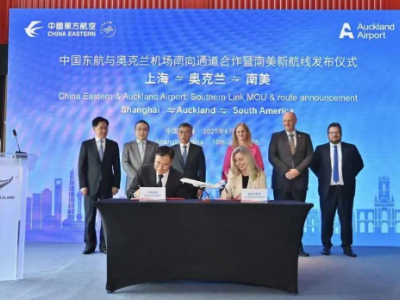06-25
Optimization of injection for viscosity-reducing flooding in heavy oil reservoir
 2021-12-15
2021-12-15
HU Bo1, ZHENG Wenqian2, ZHU Yangwen3, CUI Chuanzhi2, YUAN Fuqing3, WANG Meng2
1. Exploration & Development Division, SINOPEC, Beijing 100728, China;
2. School of Petroleum Engineering, China University of Petroleum (East China), Qingdao 266580, Shandong Province, China;
3. Exploration and Development Research Institute, Shengli Oilfield Company, SINOPEC, Dongying 257015, Shandong Province, China
Abstract: The viscosity-reducing chemical flooding is an effective alternative production method after steam stimulation in heavy oil reservoirs, and its injection method has a great influence on the development effect. According to the oil displacement mechanism of viscosity-reducing chemical flooding, a reservoir numerical simulation model is established. The numerical simulation technology is used to analyze the characteristics of the viscosity-reducing chemical flooding after steam stimulation. The slug injection sequence is optimized based on the injection and production capacity and the development effect. With the net present value method, an optimized model of injection parameters of the viscosity-reducing chemical flooding after steam stimulation is established. The reservoir numerical simulation technology and particle swarm optimization algorithm are integrated to obtain the optimal injection parameters. The research results show that the viscosity-reducing chemical flooding after steam stimulation can effectively reduce the viscosity of crude oil in the formation, and the water cut declines significantly after a rapid increase. The slug injection sequence of injecting the viscosity reducer before polymer is the best. After the optimization, the optimal mass fractions and injection volumes of the viscosity reducer and polymer in the target reservoir are 0.28%, 0.32%, 0.40 PV, and 0.36 PV, respectively. The optimization results can effectively improve the development effect of heavy oil reservoirs, and the method of injection optimization proposed in this paper is of great significance to guiding the development practice of viscosity-reducing chemical flooding after steam stimulation in heavy oil reservoirs.



